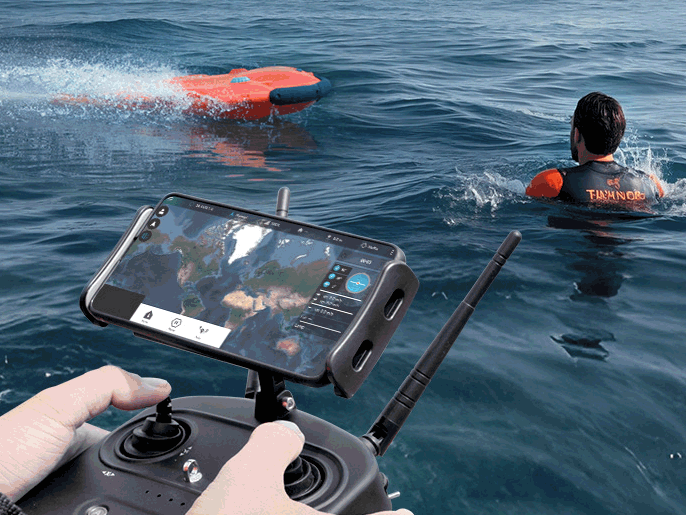随着科技的不断进步,水域救援机器人在水上救援任务中发挥着越来越重要的作用。这类设备以其高效、快速、安全的特性,广泛应用于江河、湖泊、海洋等复杂水域的应急救援场景。为提升救援效率与精准度,现代水域救援机器人普遍集成先进的导航与定位系统,其中,中国自主研发的北斗卫星导航系统(BDS)成为关键的技术支撑。
水域救援机器人与北斗系统的融合优势
水域救援机器人在执行任务时,首要需求是精准掌握自身位置,并实时将位置信息回传至指挥中心。北斗系统具备全球覆盖、高精度、全天候、全天时的定位能力,尤其在偏远水域或信号薄弱区域,其短报文通信功能更是独一无二。通过在水域救援机器人上搭载北斗定位模块,可实现机器人位置的实时监控、轨迹追踪和远程调度,极大提升了救援的响应速度与可控性。
水域救援机器人中的北斗定位技术实现
在硬件层面,水域救援机器人内置北斗多模定位芯片,支持BDS、GPS、GLONASS等多系统联合定位,确保在复杂电磁环境下的稳定性和可靠性。软件方面,通过专用算法对定位数据进行滤波与融合处理,消除漂移误差,提升定位精度至亚米级。同时,结合4G/5G通信模块,水域救援机器人可将北斗定位数据实时上传至云平台,供救援指挥人员通过可视化界面进行调度决策。
水域救援机器人在实战中的定位应用案例
在实际救援中,当有人落水时,操作人员可远程操控水域救援机器人快速驶向目标区域。借助北斗系统提供的精准定位,机器人能自动规划最优路径,避开障碍物,并在抵达落水者附近时稳定悬停。指挥中心可通过北斗回传的实时坐标,掌握救援全过程,必要时调派其他救援力量协同作业,形成“空—水—岸”一体化的智能救援体系。
水域救援机器人未来发展趋势与北斗的深度集成
未来,随着北斗三号系统的全面运行和通导一体化技术的发展,水域救援机器人将进一步实现自主导航、集群协同和智能避障。通过北斗系统提供的高精度授时与位置服务,多台水域救援机器人可实现编队作业,提升大面积水域的搜救效率。同时,结合人工智能与大数据分析,水域救援机器人将具备更强的环境感知与决策能力,真正迈向智能化、无人化救援新时代。
===
Title: Positioning Solution for Water Rescue Robots Integrated with the BeiDou System
With continuous technological advancement, water rescue robots are playing an increasingly important role in aquatic rescue operations. These devices, valued for their efficiency, speed, and safety, are widely used in emergency rescue scenarios across complex water environments such as rivers, lakes, and oceans. To enhance rescue efficiency and accuracy, modern water rescue robots are increasingly equipped with advanced navigation and positioning systems, among which China's independently developed BeiDou Navigation Satellite System (BDS) has become a critical technological foundation.
Advantages of Integrating Water Rescue Robots with the BeiDou System
When executing missions, water rescue robots require precise knowledge of their own location and the ability to transmit this information in real time to the command center. The BeiDou system offers global coverage, high accuracy, all-weather, and round-the-clock positioning capabilities. Particularly in remote waters or areas with weak signals, its unique short-message communication function is unparalleled. By equipping water rescue robots with BeiDou positioning modules, real-time monitoring of the robot's location, trajectory tracking, and remote dispatching can be achieved, significantly improving response speed and operational control.
Implementation of BeiDou Positioning Technology in Water Rescue Robots
At the hardware level, water rescue robots are embedded with multi-mode BeiDou positioning chips that support combined positioning from BDS, GPS, and GLONASS, ensuring stability and reliability in complex electromagnetic environments. On the software side, specialized algorithms filter and fuse positioning data to eliminate drift errors, enhancing positioning accuracy to sub-meter levels. Additionally, by integrating 4G/5G communication modules, water rescue robots can upload BeiDou positioning data in real time to cloud platforms, enabling rescue commanders to make dispatching decisions via visual interfaces.
Practical Applications of Positioning in Water Rescue Robot Operations
In real-life rescues, when someone falls into the water, operators can remotely control the water rescue robot to quickly reach the target area. Leveraging the precise positioning provided by the BeiDou system, the robot can automatically plan the optimal route, avoid obstacles, and hover steadily near the victim. The command center can monitor the entire rescue process through real-time coordinates transmitted via BeiDou, and if necessary, dispatch additional rescue resources for coordinated operations, forming an intelligent rescue system integrating "air-water-shore" elements.
Future Development Trends and Deep Integration of BeiDou with Water Rescue Robots
In the future, with the full operation of the BeiDou-3 system and the advancement of integrated communication and navigation technologies, water rescue robots will further achieve autonomous navigation, swarm coordination, and intelligent obstacle avoidance. Through high-precision timing and positioning services provided by the BeiDou system, multiple water rescue robots can perform formation operations, enhancing search and rescue efficiency over large water areas. Meanwhile, combined with artificial intelligence and big data analytics, water rescue robots will gain stronger environmental perception and decision-making capabilities, truly advancing toward an era of intelligent, unmanned rescue operations.
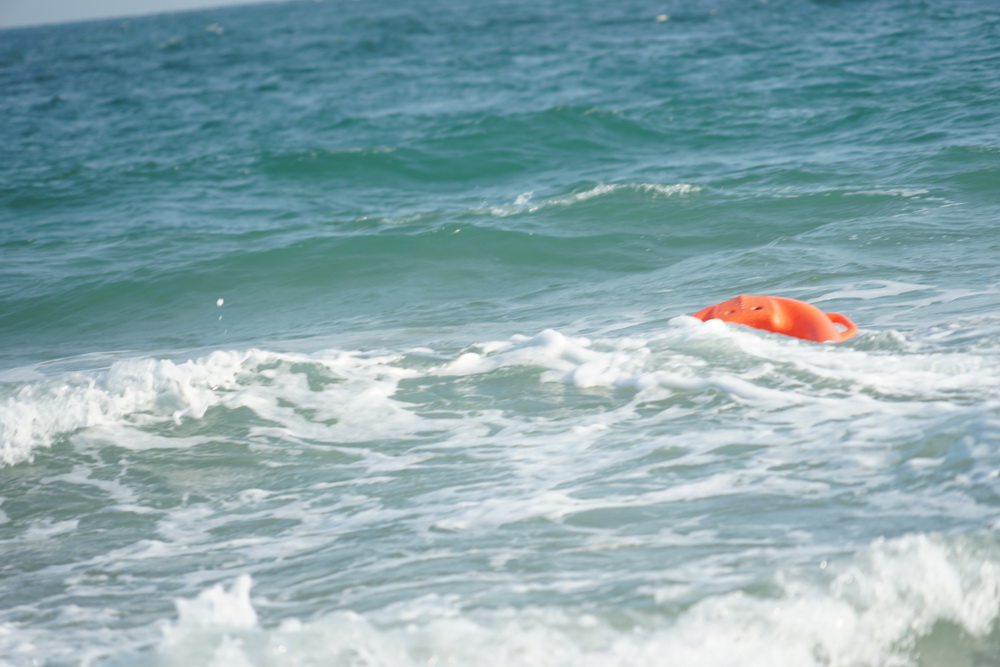


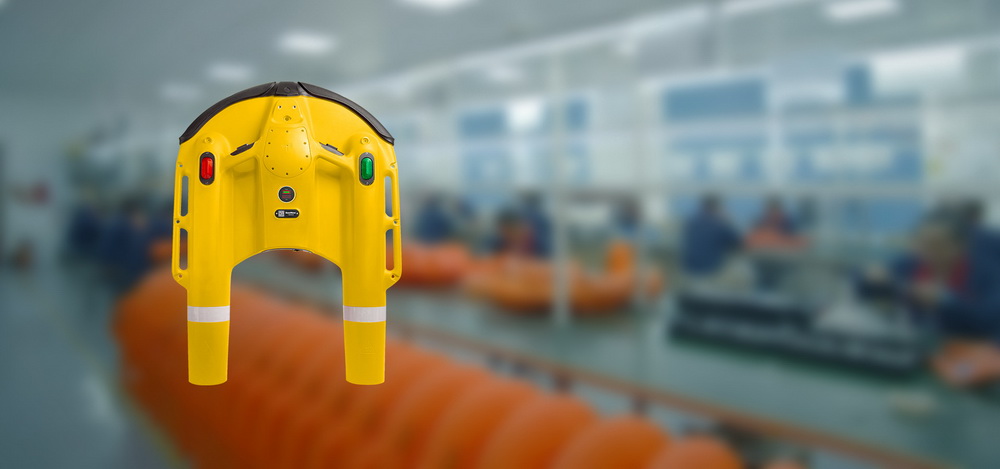










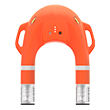
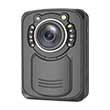
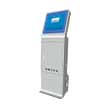



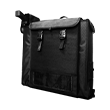




 当前位置:
当前位置:



